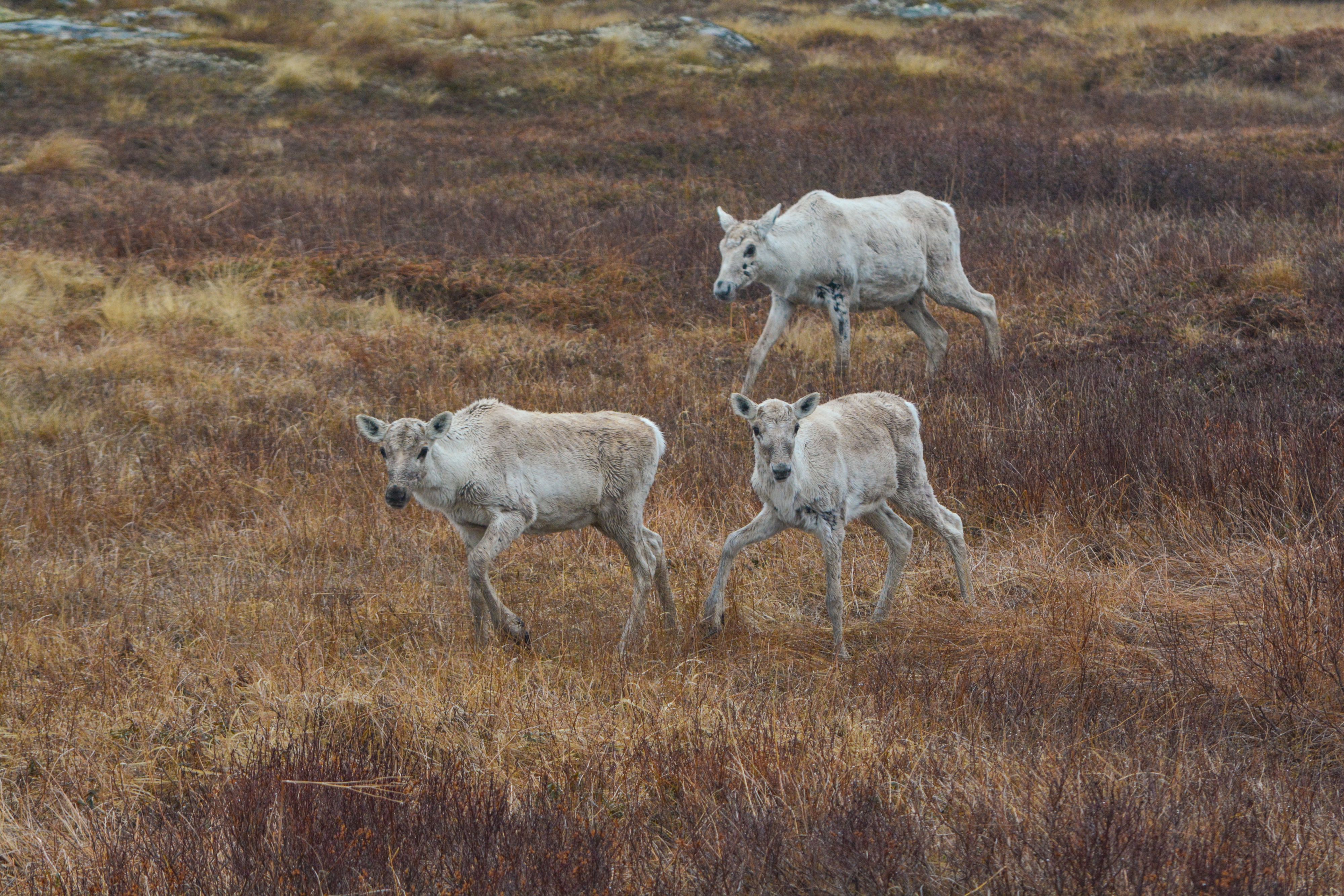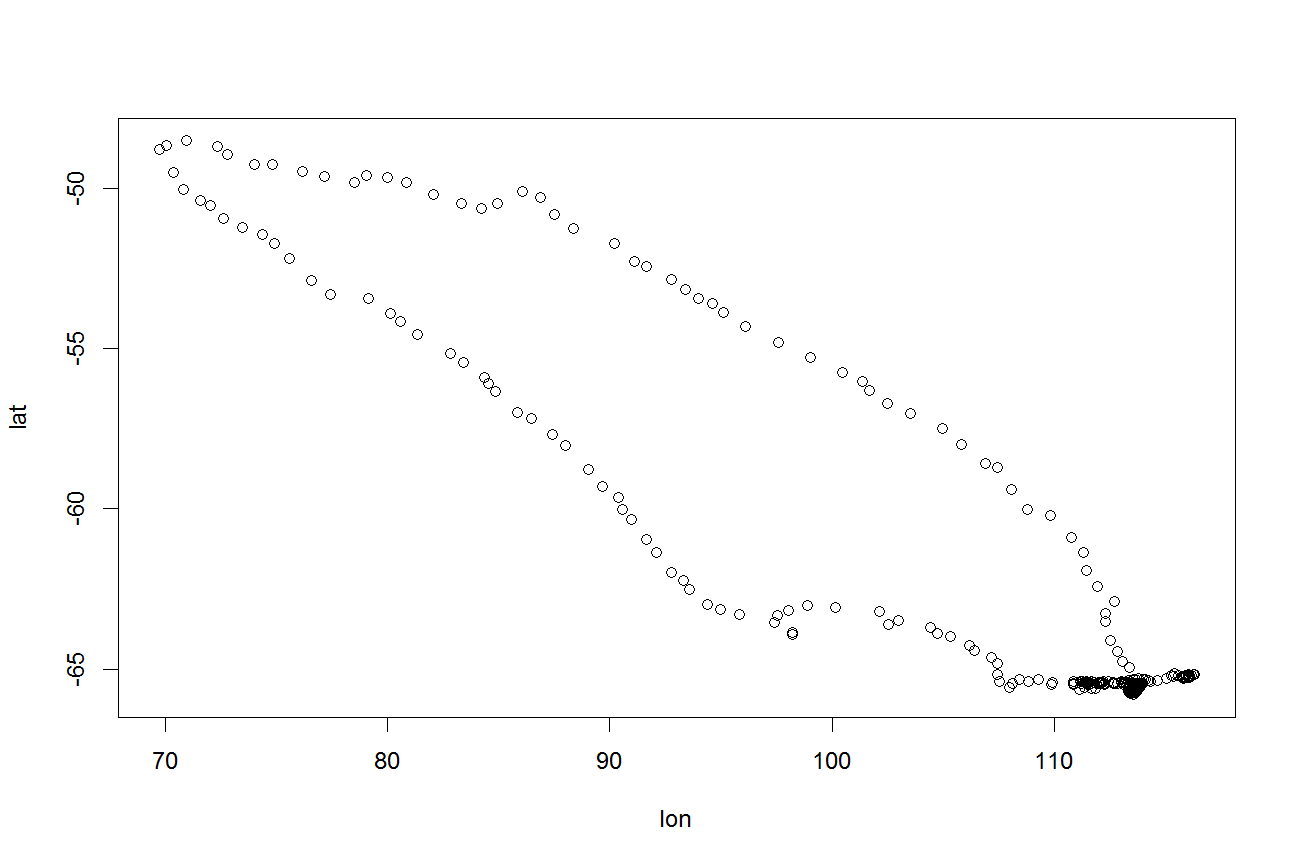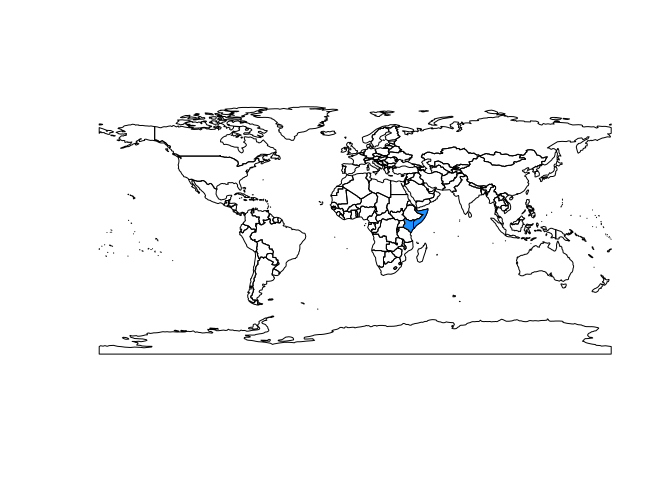
In late November 2018, we ran the third annual rOpenSci ozunconf. This is the sibling rOpenSci unconference, held in Australia. We ran the first ozunconf in Brisbane in 2016, and the second in Melbourne in 2017. Photos taken by Ajay from Fotoholics As usual, before the unconf, we started discussion on GitHub issue threads,and the excitement was building with the number of issues.








